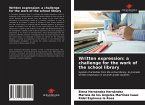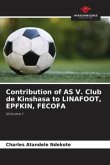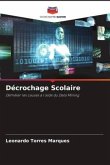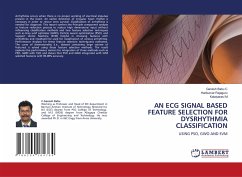The high dropout rates in undergraduate courses have become increasingly worrying in Brazil, this problem has generated losses both for the country, as for students and universities. In this context, the objective was to identify students with a tendency to drop out of the UFC - Campus Quixadá/CE, through data mining techniques and using historical data of students, in which experiments were performed with two distinct scenarios, the first scenario having the total number of records with the division of records by unbalanced classes and the second scenario containing a sample of records with the division between the balanced classes. The results obtained show that potential dropouts can be identified with hit rates of up to 99% in the first scenario, and up to 95.5% in the second scenario. Through these results, it is intended to assist the institution's managers in decision making and in the development of policies to mitigate dropouts.
Bitte wählen Sie Ihr Anliegen aus.
Rechnungen
Retourenschein anfordern
Bestellstatus
Storno








